One of my favorite things about Pennsylvania history is learning about all of the ethnic groups that came to the area and how they left their marks on the state. Thanks to its coal industry, northeastern Pennsylvania has a rich history of immigrants from Eastern Europe. In fact, Luzerne County is the only county in the country where the most common ancestry is Polish.
However, even before the coal mines of the region drew immigrants to northeastern Pennsylvania, another group of settlers moved into the Wyoming Valley of Luzerne County.
In the 1770s, the land that would become northeastern Pennsylvania was claimed by settlers in both Pennsylvania and Connecticut. In an effort to solidify their claim, Connecticut sent a group of forty settlers to the Wyoming Valley. They settled along the banks of the Susquehanna River a bit northwestern of modern day Wilkes-Barre and built a fort, creatively enough called Forty Fort.
One of the first Connecticut settlers to the region was Nathan Denison and his family. Denison came to the Wyoming Valley in 1769 and distinguished himself as a leader among the Connecticut settlers in the area. Over the years, Denison served as the Justice of the Peace, their state senator, and as the second-in-command of the local militia.

This militia was involved in one of the least-known engagements of the Revolutionary War, the Battle of Wyoming. This battle, which is also called the Wyoming Massacre, occurred on July 3, 1778, and resulted in the death of nearly every American soldier that took to the field against the army of loyalist and Iroquois. Denison was one of the few soldiers to make it out of the battle. He and his family, along with all of the other settlers in the area, fled the Wyoming Valley.
Eventually, the Denison family returned to the Wyoming Valley and settled at their property along the banks of a small stream. The house that is known today as the Nathan Denison House was built in 1790 along Abrahams Creek. Denison lived in the home until his death in 1809, and the home was lived in by his descendants until the 1940s.
While Nathan Denison was a notable figure in the development of the Wyoming Valley, what made his home worth saving was its unique architecture. When the home was built, Denison didn’t go with typical Pennsylvania architecture. Instead, he designed his home in the Cape Cod style of the 17th century.
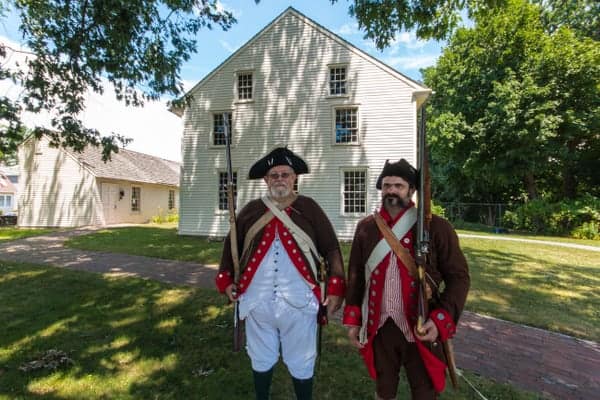
This style of home is distinguished by having a central fireplace, with rooms surrounding it, providing heat to every room in the home. While it’s not entirely known why Denison decided to use a 17th century style in the late 18th century, it’s obvious that he was influenced by his time in Connecticut when building the home.
While the home doesn’t look significantly different from any other homes of the era from the outside, at least to my untrained eye, the differences inside are quite obvious. Tour guides in period costumes give visitors a chance to see the inside of the home, where the differences in the home’s design are quite apparent.
As guides take visitors through the home, they don’t just explain the purpose of each room, but they also take the time to give visitors insight into what life was like for the Denison family and other Connecticut settlers in the Wyoming Valley. They also take the time to tell you about Denison’s involvement in the region during both the Battle of Wyoming and the region’s little-known Pennamite-Yankee War.
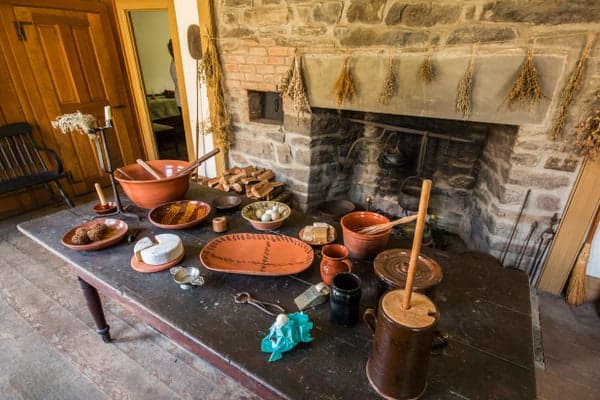
The Denison home was restored to its original look by the state in the 1970s. The furniture inside the home is correct to the period, but only one piece is original to the home: a chair that was brought to the house by Denison’s father in 1800.
Also on display in the home is the desk that Nathan Denison used to sign the papers of surrender after the Battle of Wyoming. While not original to the home, it was neat to see this historic piece that has a connection to the property.
To be honest, there isn’t much to the Nathan Denison House. However, if you love learning about forgotten history in Pennsylvania, this is a fantastic place to visit. There are very few places in Pennsylvania to learn about the history of Connecticut settlement in northeastern PA and the rarely discussed Pennamite-Yankee War, which was the only interstate dispute that was settled under the Articles of Confederation.
Note: My visit to the Nathan Denison House was hosted by the the site. However, the opinions expressed are my own.

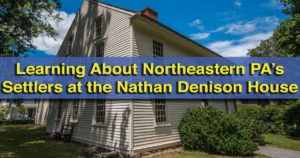
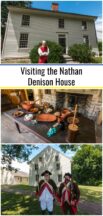

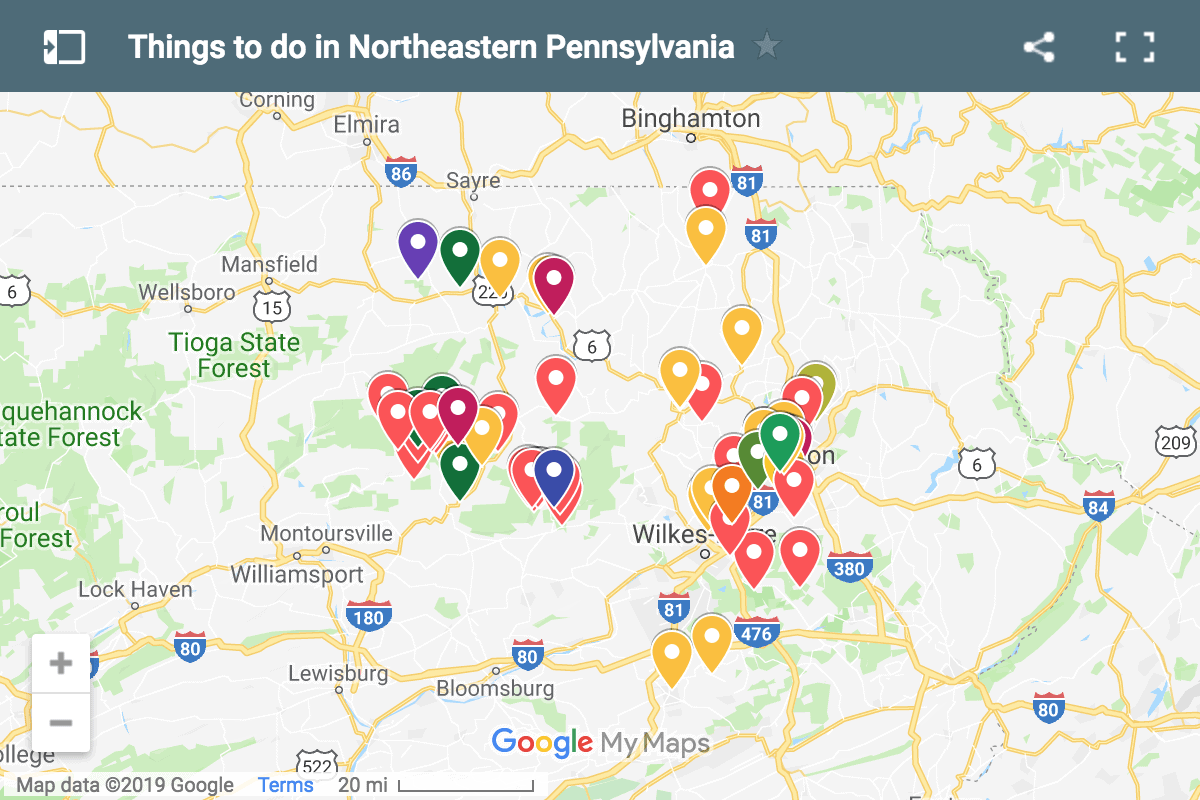 "
"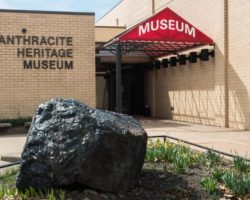
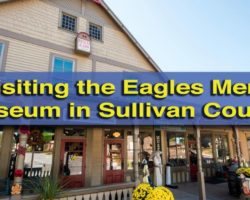



Dear Jim
In reading the Nathan Denison House article, I realized a couple of things were familiar: Not only the spelling of the name, but the look of the kitchen not to mention the fact that your article says Nathan came from CT. Compare these pictures to the ones here: No wonder the kitchen in your article looked familiar. Fun!
Celia
https://denisonhomestead.org/denison-homestead/visitor-information/museum-pictures/
Very interesting. I had heard that he likely modeled it after his family’s home in CT, but it’s interesting to see the real examples. Thanks for sharing.